It became just a village costume in the 18th century after and because political cultural and economical changes made by Peter the Great. Outfits Read about Mans shirt.
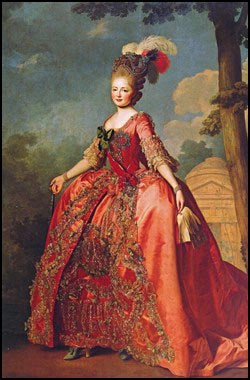
Imperial Court Costume Blog Alexander Palace Time Machine
First to define vocabularyto define 18th c.

. Eighteenth Century Influences on Russian Clothing. See more ideas about russian peasant peasant clothing russian clothing. All Russian clothing styles existed in everyday and special occasion variants differing in materials colors and decorations used.
Tursky coats and gorlatnaya caps. The 1720s marked a distinct change in mens and particularly womens silhouettes from the two preceding decades. See more ideas about russian clothing russian fashion folk costume.
However his reforms were not always and completely favored because of their radical change from the traditional or because those reforms went against religious beliefs. It was the Russ. 18th century fashion Edit Edit source History Talk 0 Marie Antoinette 1783.
Words which are now unfamiliar and to correctly define non-18th century words which are frequently misused with respect to the 18th century compare 18th c. While other courts moved on changing and adapting the dress of their courts Russia stayed firmly in its Slavic historical mode and so from 1834 until 1917 the unusual ethnic dresses of Russian court ladies became instantly recognizable and a source of pride at home and abroad - Russian women stood out in foreign courts and at home they made a unforgettable. Peter Reforms During his reign Peter I initiated reforms of Russian culture that included dress attire for in court and at home.
Cheap Dresses Buy Quality Womens Clothing Directly from China Suppliers18th century costume 18th century dress 17th century costume traditional russian clothing KK1863 H Enjoy Free Shipping Worldwide. A plain style was preferred without too many ornaments. In Siberia the epancha was even made of squirrel fur.
However clothing did become more sober towards the end of the century due to the effects of the French Revolution. Fashion in the period 16901740 in European and European-influenced countries is characterized by a widening silhouette for both men and women following the tall narrow look of the 1680s and 90sThis era is defined as late BaroqueRococo style. Russian clothing in the 14th-18th centuries.
Russian Changes in Fashion under Peter I By. The epancha was known as early as the 16th-17th cc. He introduced a law that fined anyone who entered the city in traditional national clothes as well as anyone with a beard.
However more important for the female dress was a type of headdress-the fontange. Changes In Fashion It is not common for rulers to implement new styles of wardrobe upon their fellow country men and when Peter I implemented new styles of clothing he shocked his nobility at the extremes of his enforcement. The traditional Russian costume used to be a part of the countrys history up until the beginning of the eighteenth century when Peter the Great proclaimed the Russian dress to be peasant and non progressive.
Limited Time Sale Easy Return. Soon after his death however the style changed significantly. The Russian word for a shirt rubaha - roo-BAH-khah is derived from ancient Slavic word rub - rOOb - a piece of clothFor many centuries a shirt was the main clothing for both noble people and peasants.
The village near the town of Tver in the 17th century. 1720-1729 18th century decade overview. This style was strongly influenced by Françoise dAubigné the wife of King Louis XIV.
See copyright notice below regarding copying any text from this glossary. It was the time of radical changes caused by Peter I s reforms. Russian 18th Century AttireBrandi Cruz.
Russian 18th Century AttireBrandi Cruz. In the 18th 19th cc silk or brocade epancha was worn with a shirt of some fine-spun fabrics and a silk sarafan pinafore. The new fashion trends introduced during this era had a greater impact on society affecting not only royalty and aristocrats but also.
Although the basic forms remained the samethree-piece suits for men and two-piece gowns for womenthe shapes of these were different. Peter the Great made a U-turn for Russia towards the West. This turn and its consequences for development of Russia and Russian culture became controversy for scientists and thinkers from the 19th century till.
The town of Torzhok in the early 17th century. Glossary of 18th Century Costume Terminology. Originally worn by men the Sarafan was a long trapeze-shaped dress that went through modifications throughout the 16th century Single dress piece with shoulder straps and a sleeveless outer-vest This garment could be modified through fabrics and embellishment to make it.
1800-1809 19th century decade overview. The formative element of the European female dress that had been brought to Russia in the eighteenth century was the corset and it contradicted the Russian ideal of beauty. The beginning of the century was all about silhouettes sleek shapes and narrow-looking dresses.
Odnoryadka tafiya and cap. The purpose of this page is twofold. The fur epancha widely spread in Siberia was a festive apparel of maids and married women.
May 26 2018 - Explore Kimberly Winrottes board 18th century Russian Clothing followed by 120 people on Pinterest. Russian traditional dress began to develop as a specific form in the 9th century. The 18th century became truly earthshaking in the history of Russia.
Russian fur coat and cap. Mar 26 2017 - Explore cctcbcbcs board Russian peasant clothing 18th century on Pinterest. However more important for the female dress was a type of headdressthe fontange.
The 18th century is famed for its lavish clothing and both the proportions and decoration of dress reached their heights during this period. The new fashion trends introduced during this era had a greater impact on society affecting not only royalty and aristocrats but also. The formative element of the European female dress that had been brought to Russia in the eighteenth century was the corset and it contradicted the Russian ideal of beauty.
Until the early 18th century peasants and boyars noblemen wore traditional costumes. Azyam sermyaga and cap. In the first decades of the eighteenth century the term nightgown may have designated a dressing gown worn in the bedroom but by the early 1730s the nightgown appears in a puzzling variety of guises made of rich and humble fabrics and sometimes a closed with an integral petticoat and sometimes an open gown Ribeiro 40.
In 1700 Tsar Peter the Great with his admiration for all things from Western Europe prohibited wearing traditional dress in cities. 18th Century Russian Fashion.
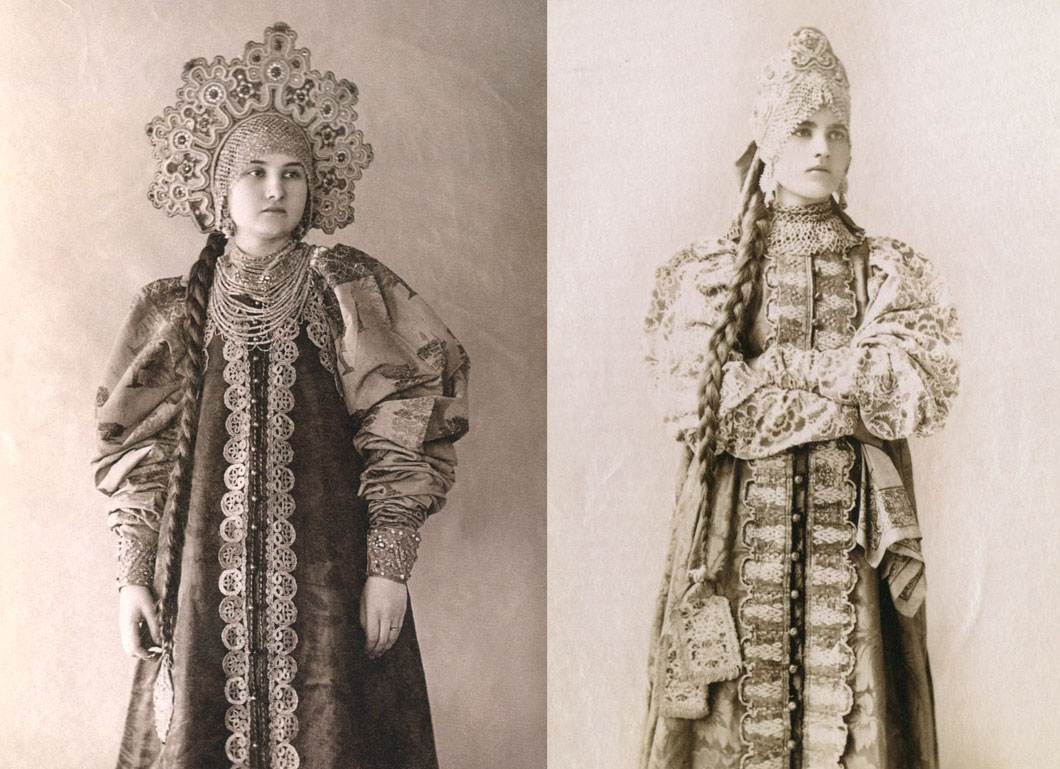
The Russian Fashion Blog A Brief History Of The Sarafan
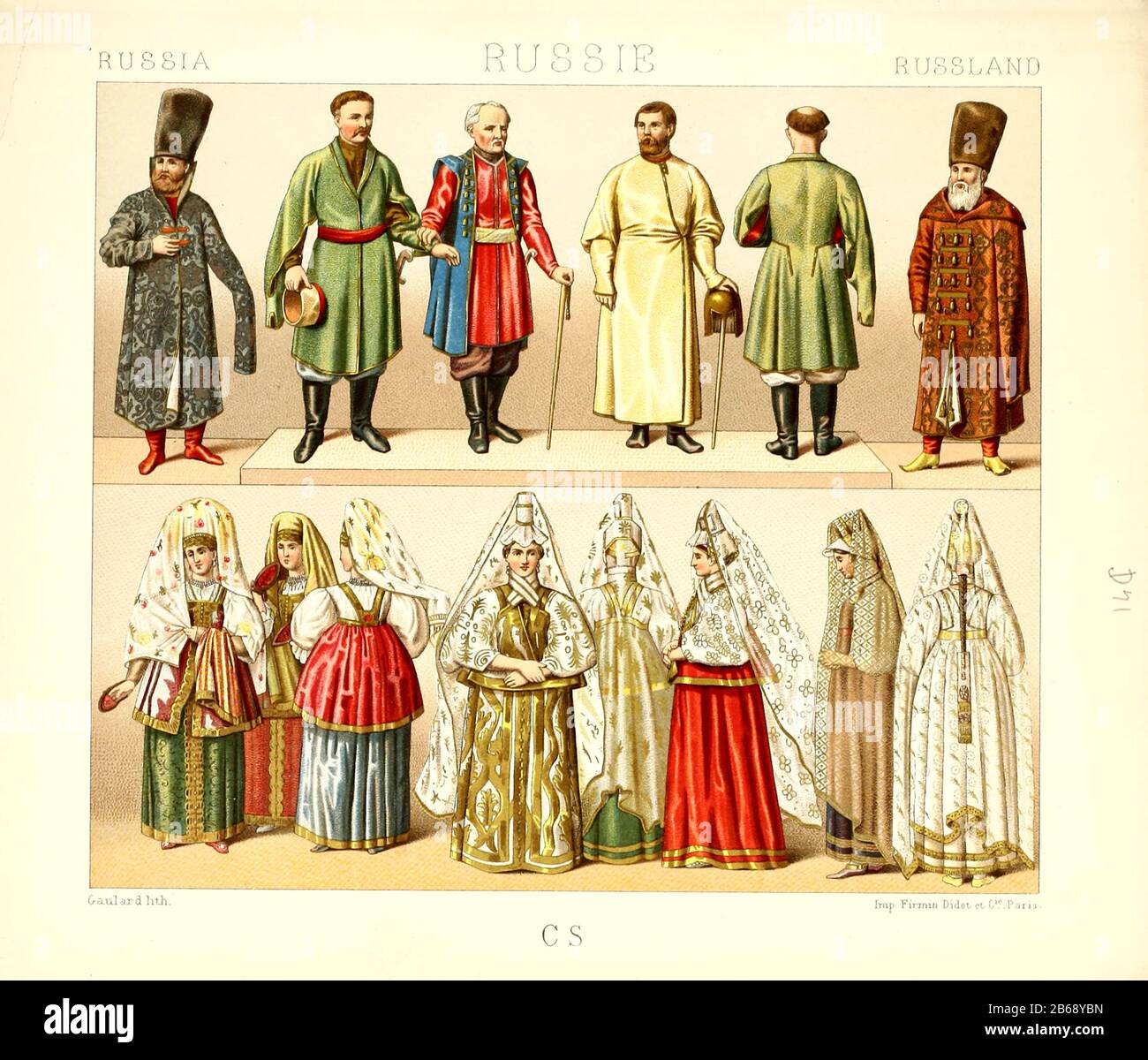
Ancient Russian Fashion And Lifestyle 18th Century From Geschichte Des Kostums In Chronologischer Entwicklung History Of The Costume In Chronological Development By Racinet A Auguste 1825 1893 And Rosenberg Adolf 1850 1906 Volume 5
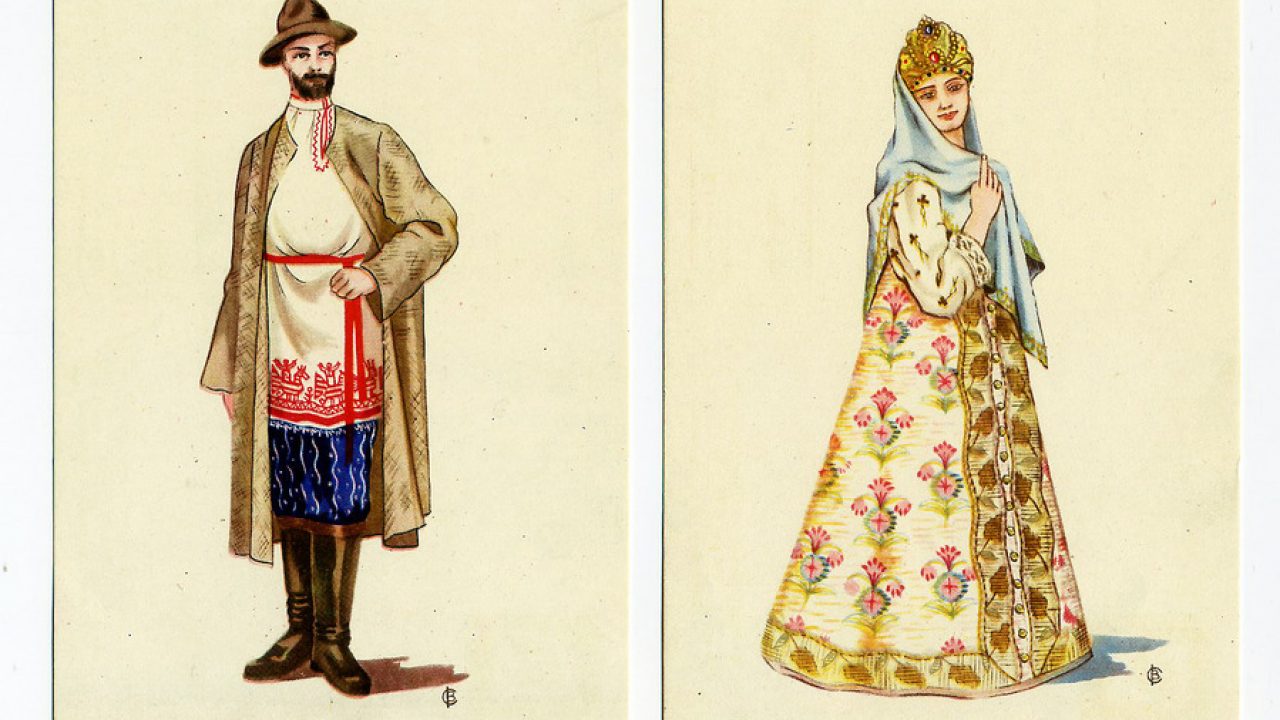
Evolution Of Russian Clothing Liden Denz Russia

Russia History Of Dress Lovetoknow
Ensemble Russian The Metropolitan Museum Of Art
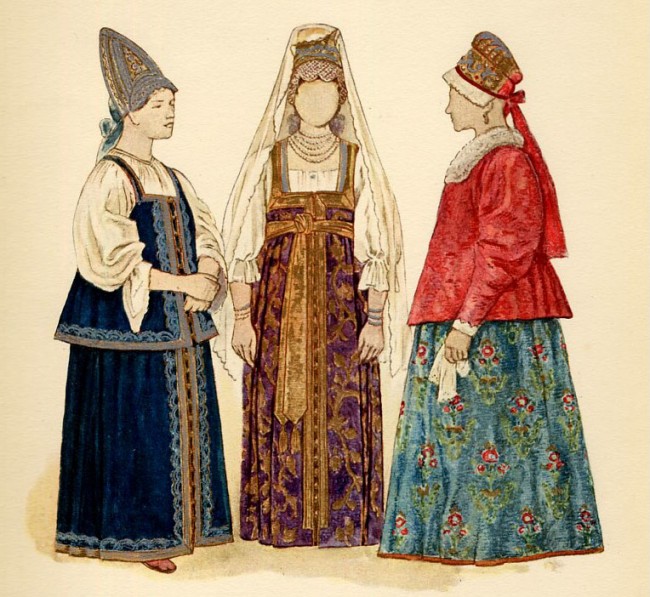
Evolution Of Russian Clothing Liden Denz Russia


0 comments
Post a Comment